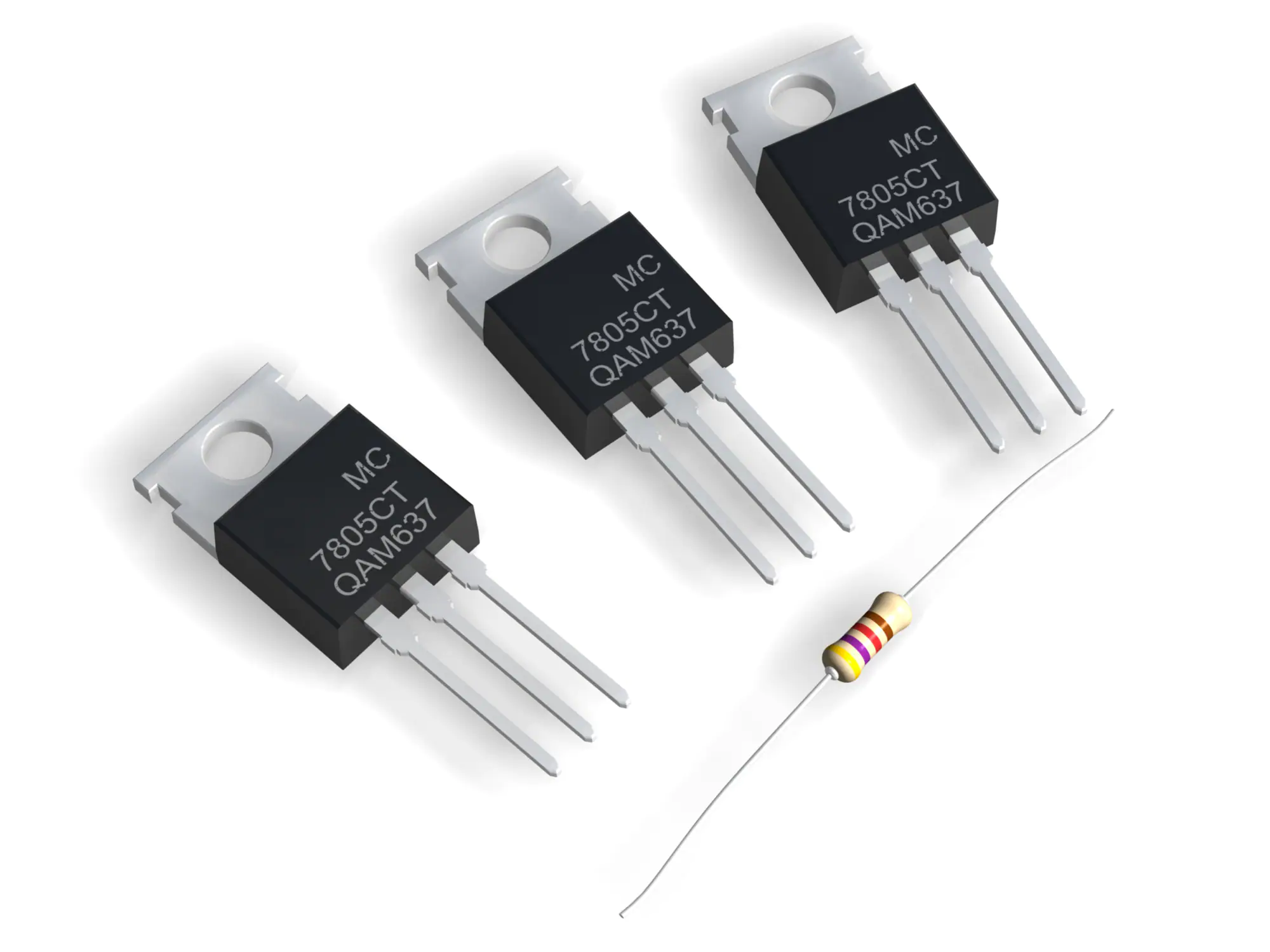Selecting a Voltage Regulator: Critical Factors
A voltage regulator is a cheap and easy-to-implement gadget that transforms the input voltage into an output voltage of a different level and keeps the output voltage stable under changing load conditions. A voltage regulator distributes varying direct current (DC) voltages to various parts of an electronic equipment, such as a cell phone charger, air conditioner, or complex electromechanical gear. Every other circuit in the power supply is regulated by a device called a voltage regulator.
For components in your smartphone (such as the backlight LED, Mic, Sim Card, etc.) that demand a higher or lower voltage than the battery, a voltage regulator is employed. Using the wrong voltage regulator can reduce reliability, increase power usage, and possibly cause damage to your electronics.
To help you choose the right voltage regulator for your project, we’ll go over some of the most crucial factors to consider.
Important Factors for Voltage Regulator Selection
1. Input Voltage and Output Voltage
Knowing the input voltage and the desired output value is the first step in selecting a voltage regulator. An input voltage higher than the linear regulator’s rated output voltage is required. Having an input voltage that is lower than the target output voltage will cause the regulator to cut out and produce uncontrolled voltage.
For regulated output, the input voltage must be at least 7V for a 5V voltage regulator with a 2V dropout voltage, for instance. The output voltage will be unregulated if the input voltage is less than 7V.

Voltage regulators come in a variety of forms, each optimized for a certain input and output voltage range. A 5V voltage regulator is required for the Arduino Uno, whereas a 3.3V regulator is needed for the ESP8266. A voltage regulator with adjustable settings can be utilized for several output purposes.
2. Dropout Voltage
The output voltage of a voltage regulator is lower than the input voltage, and this discrepancy is known as the dropout voltage. For instance, take min. The dropout voltage for a 7805 is 2V because the input voltage is 7V and the output voltage is 5V. Dropout voltage (2V) + output voltage (5V) = unregulated output, which can damage your equipment if the input voltage drops below. Check the dropout voltage before deciding on a voltage regulator.
There is a wide selection of 5V regulators available, and each has a distinct dropout voltage. Low input dropout voltages allow linear regulators to function at peak efficiency. Therefore, LDO regulators are an efficient choice when a battery is being used as the power source.
3. Power Dissipation
When compared to switching voltage regulators, the power lost by linear regulators is more. Power loss, overheating, and product failure can all result from dissipating too much energy. If you are employing a linear voltage regulator, you will first need to figure just how much power it will dissipate. Power dissipation may be determined for linear regulators by using:
Power = (Input Voltage – Output Voltage) x Current
If you want to avoid power dissipation, use switching voltage regulators instead of linear ones.
4. Efficiency
Power efficiency can be calculated by dividing the output voltage by the input voltage to determine the ratio of the two values. Since the dropout voltage has a direct effect on the efficiency of Voltage regulators, increasing the dropout voltage reduces the efficiency.
Drop out voltage, quiescent current, and the input-to-output voltage difference all need to be reduced for maximum efficiency.
5. Voltage Accuracy
Line regulation, load regulation, reference voltage drift, voltage drift in the error amplifier, and the temperature coefficient all contribute to the overall accuracy of a voltage regulator. Conventional linear regulators often promise regulated output voltages within 5% of nominal. Therefore, 5% tolerance is not a major worry if the voltage regulator is used to power the digital ICs.
6. Load Regulation
Load regulation is defined as the circuit’s ability to maintain a specified output voltage under varying load conditions. Load regulation is expressed as:
Load Regulation = ∆Vout/ ∆Iout
7. Line Regulation
Line regulation is defined as the circuit’s ability to maintain the specified output voltage with the varying input voltage. Line regulation is expressed as:
Load Regulation = ∆Vout / ∆Vin
Therefore, all of the following should be taken into account when choosing a voltage regulator for any given application.








